There are plenty of optical illusions out there and we’ve complied a list of ten of the best that will be sure to amaze you and your friends:
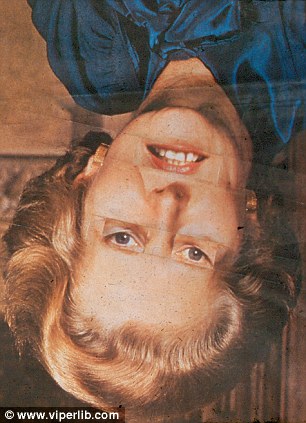
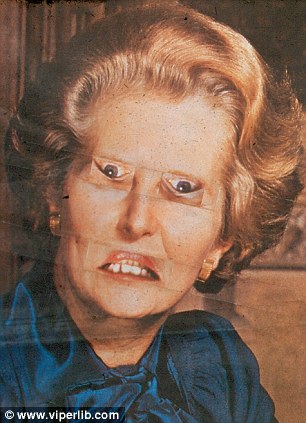
Here’s a very interesting optical illusion that involves former Prime Minister Margaret Thatcher. As you can see in the left upside down image she looks perfectly fine but when you turn the image the right way up as done so on the right you can see that her face is far from normal.
The way this illusion works is because the eyes and mouth have been inverted but you don’t see this when the image is upside down because the parts of your brain dedicated to face perception doesn’t work all that well.
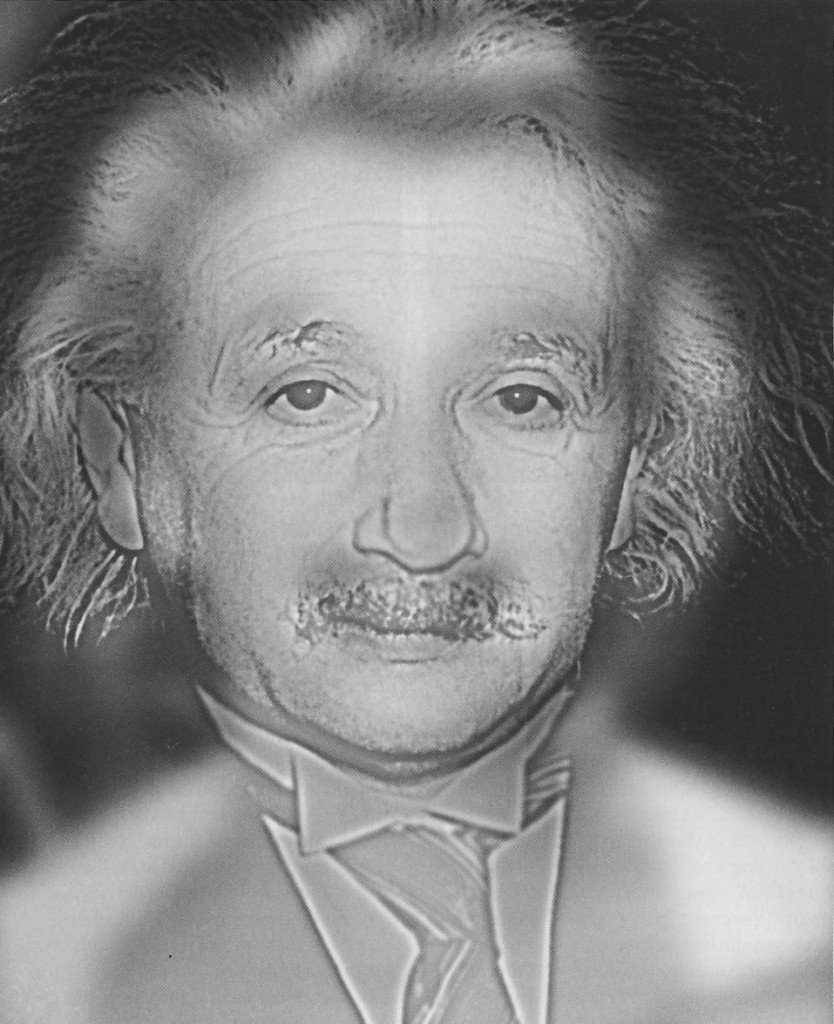
This is clearly a picture of Albert Einstein right? Up close it is but move a few feet away from your computer and you’ll find yourself seeing Marilyn Monroe.
This illusion was put together by the people over at the Massachusetts Institute of Technology. What they did to create this illusion is they first took a picture of Monroe and removed any of the fine-grained facial features like wrinkles or any other sort of facial blemish. The next thing they did was take a picture of Einstein and removed his coarse features such as the shape of his mouth and nose. Finally they took both images and superimposed them on top of one another.
The reason this illusion works is because when we look at an object up-close the finer details dominate, however when we are further away we don’t see the finer details and only see the coarse details.

What you need to do to make this illusion work is to look at the four dots for around 30 seconds. You then need to close your eyes and tilt your head back and when doing so you should see a circle of light, make sure you keep looking at that circle and before you know it you should see Jesus.

Taking a look at this image you can clearly see that A and B are different colours right? Well you’d be wrong as they are actually the shame shade of grey.
This illusion was created by Edward H Adelson and the reason it works is because your eyes and brain automatically compensate for shadows when trying to work out the colour of the things around you.
As you can see in the image the B square is in the shadow of the cylinder while the A square happens to be outside of it. What happens then is that your eyes and your brain see that both squares are the same colour but then they decide that if a square that’s in a shadow reflects the same amount of light of a square outside a shadow then really the B square has to be a lighter shade of grey and thus your brain then alters how you see.

Looking at this you might think that the second line is much bigger than the first line but actually they are both the same length.
This illusion was first discovered in 1889 by F.C. Muller-Lyer and an explanation for it has been given by psychologist Richard Gregory who says that it is all down to our size constancy mechanism. It is our size constancy mechanism that allows us to see someone who is tall as tall no matter if they are standing next to us or it they happen to be in the distance. What happens though with this image is that it tricks our size constancy mechanism into believing that the second arrow happens to be further away.
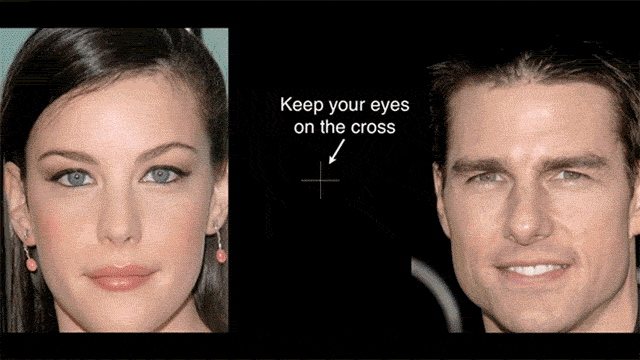
This illusion was discovered by by Jason Tangen, Sean Murphy and Matthew Thompson of the University of Queensland in Australia and it won second prize in the eight annual Best Illusions of the Year contest which is held every year at the Vision Sciences Society meeting.
The reason the illusion works is because by showing the images so quickly it becomes much easier to compare them and because of this the differences between the faces appear far more extreme. So, if someone happens to have a large jaw then this flashed face distortion effect makes it look kind of ogre-like.
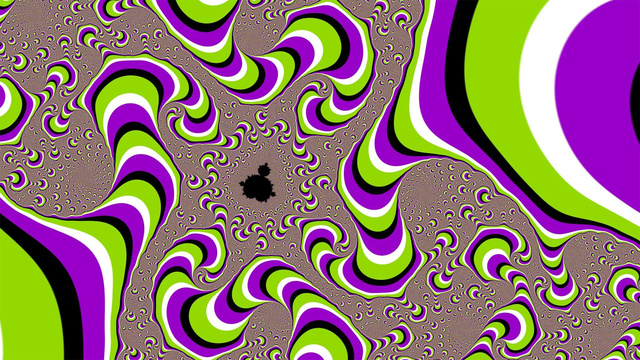
This is one trippy illusion! You may think that it’s an animated image but believe it or not it’s actually 100% still and nothing is moving at all, instead like with all the other illusions it’s your brain playing tricks on you.

Tell me what do you see? More than likely what you first saw was a duck looking to the left but if you keep on looking you’ll end up seeing a rabbit looking to the right.
This type of illusion was first created in 1899 by American psychologist Joseph Jastrow and it’s what is known as a bistable image.
If you take a look at the image on the left you’d think that the horizontal bar isn’t of the same colour but if you cover up the background like I’ve done with the image on the left you can see that the bar is actually one colour. This optical illusion works on the same principle as checker shadow illusion that you saw above.

Do you see the dancer spin clockwise or counter-clockwise? Whatever way you see it, stare at it for a bit longer and you should see it turn the other way. Many people think this illusion is a test to see if you are right-brained or left-brained dominated. Basically if you see it spinning clockwise then you are more of a right-brained creative person and if you see it spin counterclockwise then you’re more of a left-brained logical person.
The truth is though that it isn’t a brain test at all, instead it’s an optical illusion that was put together by Japanese Web designer Nobuyuki Kayahara and it’s what is known as a reversible image and the reason you can see it spin either clockwise or counter-clockwise is simply down to the fact that the dancer doesn’t have any depth cues.



Sorry, the comment form is closed at this time.